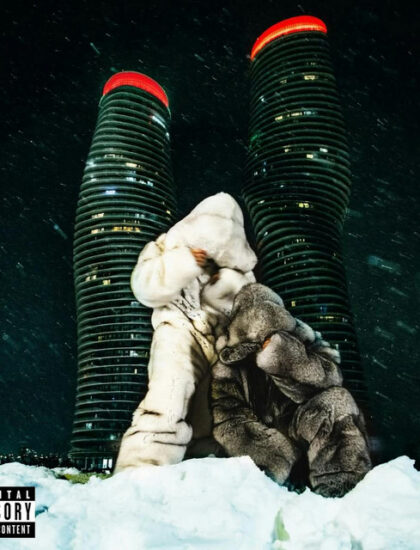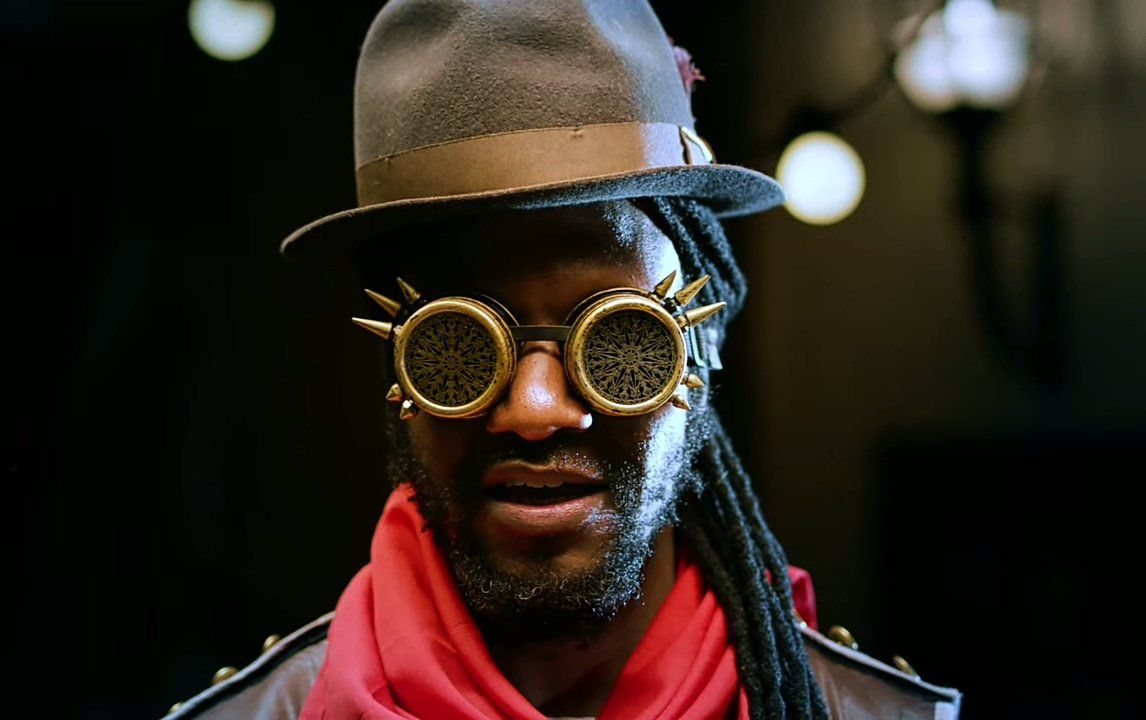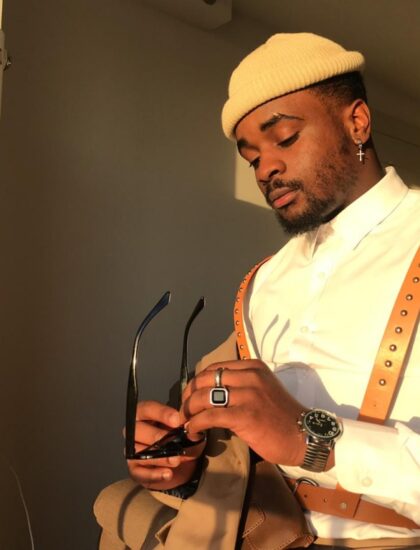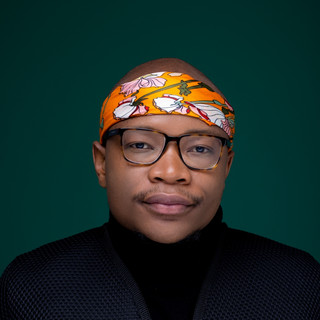In conversation at the National Gallery in Mutare, it was arrived at that there is a need for other spaces. Preferably informal and creatively inclined. These are bookstores, libraries, galleries, and coffee shops. In this third space, Creatives can unwind, be themselves, be heard, and learn.
Defining Creative Space
Ms Elizabeth Muusha, a panellist and Regional Director of the National Gallery defines Creative Spaces as “anywhere and everywhere an artist or creative works”. Ms Muusha drove the necessity for human interaction and Creative Workspaces for artists in Mutare and the region.
In said conversation, it became apparent that Space, in essence also represented both physical for coworking, co-earning, socio-economic development, and empowerment. It also included ideological spaces where ideas and cultural and communal subjects were permitted to be dissected, reconfigured and catalysed.
“Spaces are there to solve and bring demand, interaction, co-working and collaboration. In isolation, one does not perfect their skill that’s why creators create spaces to find support. Spaces don’t need to be limited to physical. Let’s go digital to use virtual platforms –chat groups, websites, etc,”said Henry Tsopotsa, panellist and Mabvazuva Hub Director.
Who’s Space is it Anyway?
The ecosystem of space was a national activity making it then a state-only playground, save for a few private sector activities. In the past several years, there have been dramatic changes in global space activity toward greater involvement by the private sector. These changes come together under the overarching expression, New Spaces.
From innovative technologies, entrepreneurial activity, commercialisation, financing, new frontiers and explorations, understanding the complexity of the changes in the ecosystem of space is important better to forecast its implications, opportunities, and challenges. But a question lingering for years has been: whose responsibility is it to set up maker spaces? The government, community, investors or the creators?
For Tsopotsa, who founded Mabvazuva hub a cultural and creative hub that houses performing, visual, and tech artists, the onus is on all of us.
“It starts with all of us. There is a need for an initiator. It is the creatives that should be at the forefront. When that is designed we should send it to the government. A community is needed to be a part of this. Where possible, let’s make use of the City Council’s idle spaces to create more maker spaces,” charged Tsopotsa.
Henry Tsopotsa Mabvazuva Hub
The Sustainability Question
In the absence of sustainable support structures, how do we keep spaces alive?
Both Ms Elizabeth Muusha highlighted that the same Creative spark that kept artists going could fuel collective support for sprouting and existing spaces.
By being passionate, committed and resilient. Unity is also one important element that will make this (space sustainability) attainable, she concluded.
Ms Muusha
Sustainability is not to be limited however by physicality as the National Gallery in Mutare created a WhatsApp chat group (Shaurai Tione) during the first lockdown for artists to stay inspired and connected virtually. Harry Tsopots’a Mabvazuva hub uses under-utilized space to incubate Mutare-based creative talent while monetizing in events and added services such as a bar and restaurant.
Working as one will reach us to greater heights. We should build things for a legacy – sustainable means. With collectiveness, we can do more.
This panel discussion was part of the Creative Hustles; a series of conversations themed ‘Designing The Nu’ Common‘ with support from the British Council.





















